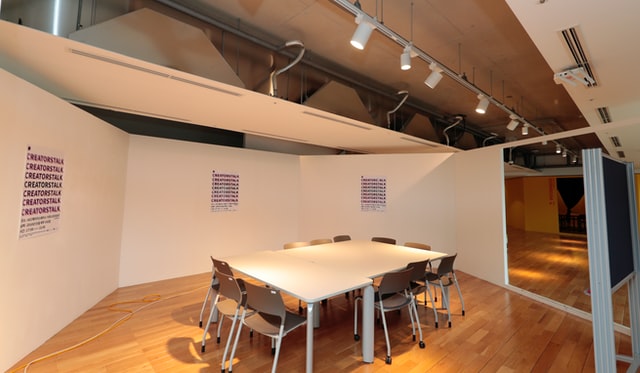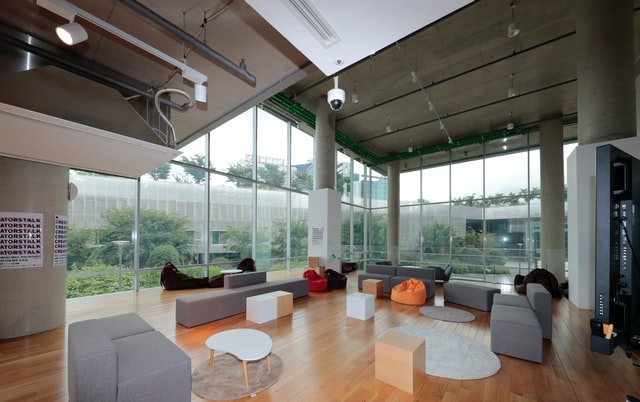The capacity of ducted air conditioning systems to offer complete climate control in both residential and commercial settings is highly regarded. These systems are made up of a central unit that uses a system of concealed ducts in the walls, ceiling, or floors to distribute conditioned air.
How Ducted Air Conditioning Works
Centralized duct air conditioning works by cooling or heating air through a primary unit that is usually placed inconspicuously in a place like the basement, roof, or outside. The building’s ducts are then used to transport this conditioned air to the different rooms and areas. With a thermostat that can be used to separately manage each zone, residents may customize the temperature to suit their needs. Visit ducted air conditioning Heatherton for further details.

Key Features and Benefits
- Controlled Temperature: The uniform distribution of air without hot or cold patches is ensured by duct systems, which consistently heat or cool the whole room. The occupants’ comfort levels are improved by this homogeneity.
- Aesthetic Appeal: Ducted air conditioning systems have covert vents that mix in well with interior décor, preserving aesthetic appeal. This is in contrast to split-system air conditioners, which need to have obvious inside units in every room.
- Silent Operation: The primary noise-producing parts of ducted systems are housed outdoors or at a remote location, allowing for a silent operation. Because of their reduced ability to disturb indoor noise, they are perfect for both residential and business settings.
- Energy Efficiency: The exact management of temperature settings in various zones is made possible by the efficient design of centrally located ducted systems. This feature lowers total operating expenses and optimizes energy use.
- Customizable Zoning: Users can establish several zones with separate temperature controls by utilizing the zoning capabilities of ducted systems. This adaptability makes it possible to effectively control energy by just heating or cooling occupied areas, which increases energy savings even more.

Considerations for Installation and Maintenance
When installing a ducted air conditioning system, several elements need to be carefully planned for and taken into account:
- Space Needs: There must be enough room to install the ducting and place the main unit, usually under the floor, in the roof space, or in the hollow in the ceiling.
- Design of Ducts: Efficient airflow and distribution of conditioned air are contingent upon the appropriate design and sizing of ductwork. To get the best performance, professional installation by trained personnel is necessary.
- Requirements for Maintenance: To guarantee the system runs smoothly and preserves indoor air quality, routine maintenance is required, including filter and duct cleaning. Professional HVAC maintenance helps avoid future problems and prolongs the equipment’s lifespan.
In both home and business settings, ducted air conditioning systems offer an advanced way to achieve optimal comfort and climate management. Ducted systems meet the many demands of contemporary residential and commercial settings with their consistent temperature distribution, aesthetically pleasing integration, silent operation, energy economy, and programmable zoning features. As technology develops, ducted air conditioning will always be a dependable option for people looking for all-encompassing, cost-effective, and covert climate control systems that improve comfort and quality of life.
















